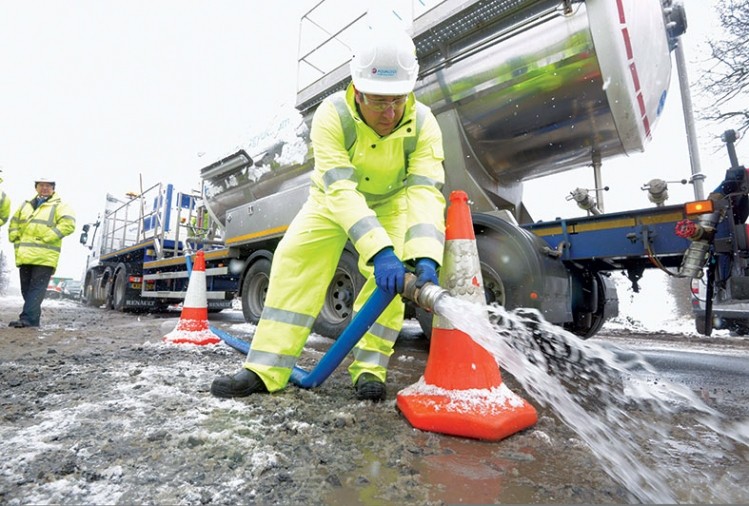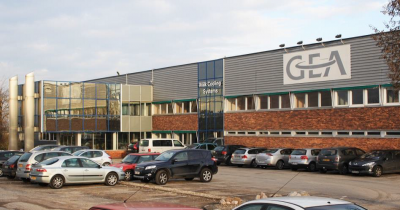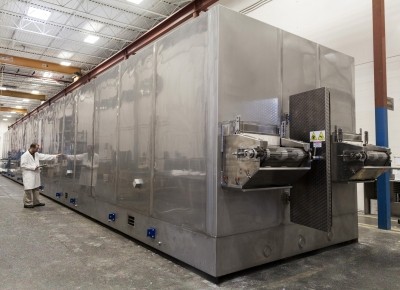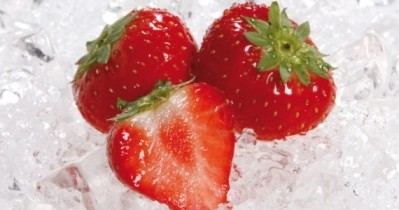‘This pig will fly!’ GEA to roll out ice pigging trial

Many traditional systems use a standard pig (pipeline inspection gauge) that is forced through piping systems to scour any residual product from the inner walls of pipes to recover product and prior to cleaning.
However, traditional pigs cannot be used on tight-radius bends, through valve systems, in piping systems where the diameter of the pipe changes, or where the product flows through heat exchangers or other ancillary equipment.
Eco-Icepush
GEA plans to change that by debuting its Eco-Icepush which can tackle all obstacles at Drinktec, a tradeshow for beverage and liquid food technology, at Munich, in Germany from September 16-23.
“Eco-Icepush serves two purposes; to clean an entire system, including the places inaccessible to standard pigs (heat exchangers, tight bends, different pipe diameters, etc.) and recover valuable product that would otherwise be lost in a CIP process,” said Adrian Field, business development manager, GEA Process Technologies, Ireland.
Field is the coordinator between GEA Process Engineering in France, which is providing the service, and the University of Bristol which developed the technique.
Bristol University
Joe Quarini, professor of Process Engineering, Bristol University, department of mechanical engineering in the UK, has licensed the product to GEA for the trials.
Professor Quarini, known for his catchphrase, ‘This pig will fly!’, first devised the idea to create the ice pig as a cost-effective way of cleaning product from pipes in the food industry. It was then identified by the water industry to clean water pipes.
“The biggest market for the ice pig is still likely to be the food industry. I went around a lot of food factories and, absolutely everywhere, cleaning was the problem,” he told The Engineer.
“Let’s say you have a factory producing some expensive creamy substance. Every time you clean it, first of all you lose any of the product that’s in the equipment - and that’s bad news. Then you have the problem of the biological oxygen demand of the residue and you have to use chemicals such as hypochlorite or paracetic acid to clean it out, or the shelf life of the next batch is reduced.
“The stuff it displaces from the pipes is good, wholesome product that hasn’t been diluted and there’s less effluent.
Two-phase ice slurry
According to GEA, the ice pigging technique forces an engineered two-phase ice slurry through process pipework to recover valuable product. Because the ice is kept in a fluid state it can reach every part of the system, even small, complex geometries.
The sharpness of the ice as it passes the pipe inner surface recovers and separates product and significantly reduces effluent.
Typical applications for Eco-Icepush include: the reduction of white water in dairies, better product recovery and better cleaning in brewery, juice and beverage plants, and many similar applications in the food, health and personal care industries.
GEA is currently running trials with customers to perfect the process for each application and welcomes enquiries from plants interested in taking part.









